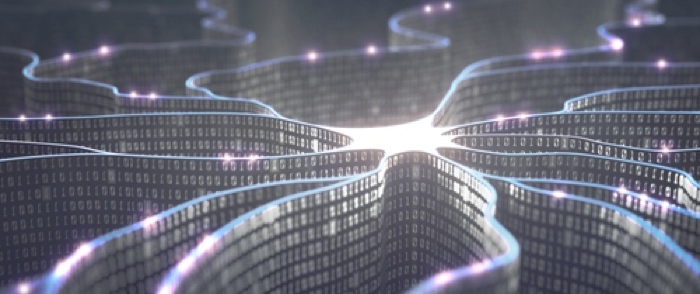Automation, Algorithms and Artificial Intelligence Development: Is Your Business Ready?

Artificial intelligence development is a key discussion point for business leaders. Here's how it works and supports the needs of finance functions.
What if your finance team had an employee that worked 24 hours a day, seven days a week and 52 weeks a year? What sort of productivity gains and service improvements would that enable? This isn't just a hypothetical scenario — it's a reality, thanks to the latest stages of artificial intelligence development.
You can't read the news today without hearing about AI, but what does it really mean? How does it work? More importantly, how does this change the skills necessary to run a business? According to Digitalist, AI has the capability to support the finance profession's move into a digital function.
What We Mean by "AI"
These algorithms leverage machine learning and massive amounts of data in order to support the needs of finance leaders in a variety of ways. The core of these systems is data — lots of data. That data is then used to train algorithms that guide decision-making processes and potentially replace some of the tasks that humans are doing in order to help workers focus on more critical or strategic activities.
While the words "artificial intelligence" may spawn fantasies of robots and other science fiction concepts, in reality the AI in use today is limited to two key areas: automation and augmentation. In essence, algorithms and bots are enabling businesses to achieve more by offloading manual tasks and improving insights generated by business systems.
These tools use data to guide decisions and augment the capabilities of an existing individual. For instance, accounts receivable clerks may leverage an automated tool that looks at incoming payments, automatically matches them against invoices and flags any mismatches that require human intervention.
Bots are a great example of the automation capabilities of AI. Bots are actually tools that help users through processes or gathering information in a step-by-step, interactive manner. For instance, if an employee needs to submit an expense report for the first time, the bot can answer questions, share forms or even help connect the person with an actual employee if the request for information goes beyond the bot's library of responses.
How Does It Affect Talent?
The talent needed to operate in a world where people and machines work together seamlessly requires a specific set of skills. If a task is repetitive or can be systematized, a bot might easily replace a person. But it's not so simple with some other functions. The skills necessary for succeeding in this new era include:
Establishing and supporting a point of view
A computer looks at data and makes a judgment. There is no perspective or experience it can draw on if that information doesn't exist in its database. We need to be credible experts.
Handling poorly defined problems
With a full set of parameters and criteria, an algorithm can quickly deliver an answer. But it's common to face problems that may have false assumptions or poorly defined parameters, which computers can't easily solve. We need people who are excellent problem-solvers.
Persuading and influencing others
Robots are many things, but they aren't great at influencing behaviors. Just consider how some ride-sharing drivers are fighting back against the algorithm that manages them, according to upstartHR. People want to work for people, not machines, which means that being able to persuade, influence and lead is a critical set of skills.
While it's still relatively early in the adoption curve for these types of tools, the demand for awareness and understanding will only grow over time. By getting ahead of the issue and developing the critical skills in yourself and your team, you can ensure a successful transition as artificial intelligence development continues.



